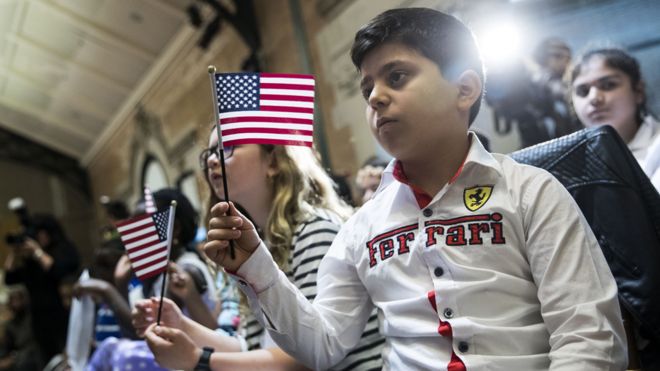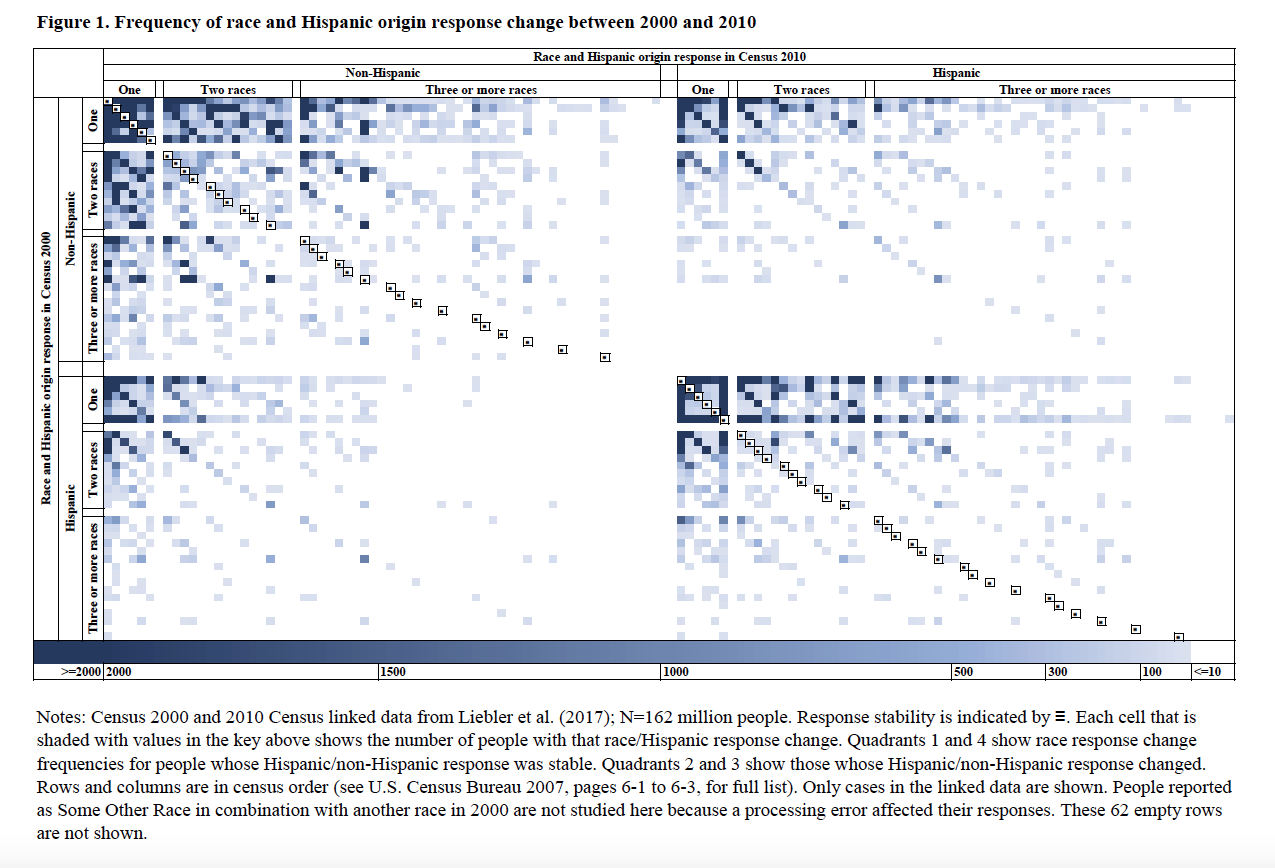What Emerging Multiracial Plaintiff Cases Suggest About Employment Discrimination LawPosted in Articles, Census/Demographics, Law, Media Archive, United States on 2017-11-06 19:51Z by Steven |
What Emerging Multiracial Plaintiff Cases Suggest About Employment Discrimination Law
New York Law Journal
2017-11-03
Tanya Katerí Hernández, Professor of Law
Fordham University School of Law
Tanya Katerí Hernández writes: The presence of fluid mixed-race racial identities within allegations of employment discrimination leads some legal commentators to conclude that civil rights laws are in urgent need of reform.
With the growth of a mixed-race population in the United States that identifies itself as “multiracial,” legal commentators have begun to raise concerns about how employment discrimination law responds to the claims of multiracial plaintiffs. The U.S. Census Bureau began permitting respondents to simultaneously select multiple racial categories to designate their multiracial backgrounds with the 2000 Census. With the release of data for both the 2000 and 2010 census years much media attention has followed the fact that first 2.4 percent then 2.9 percent of the population selected two or more races. The Census Bureau projects that the self-identified multiracial population will triple by 2060. Yet mixed-race peoples are not new. Demographer Ann Morning notes that their early presence in North America was noted in colonial records as early as the 1630s…
Read the entire article here.





